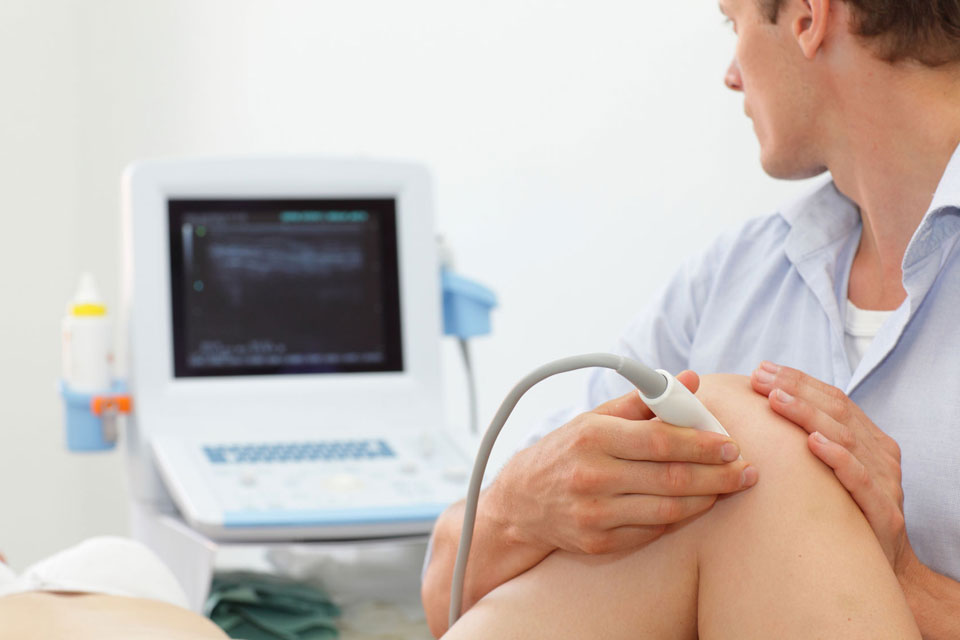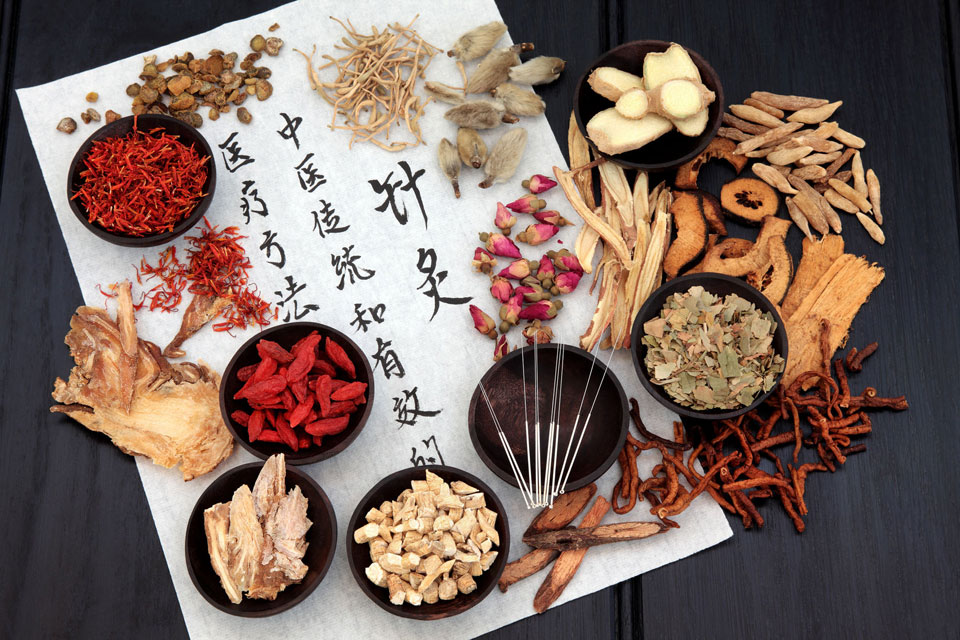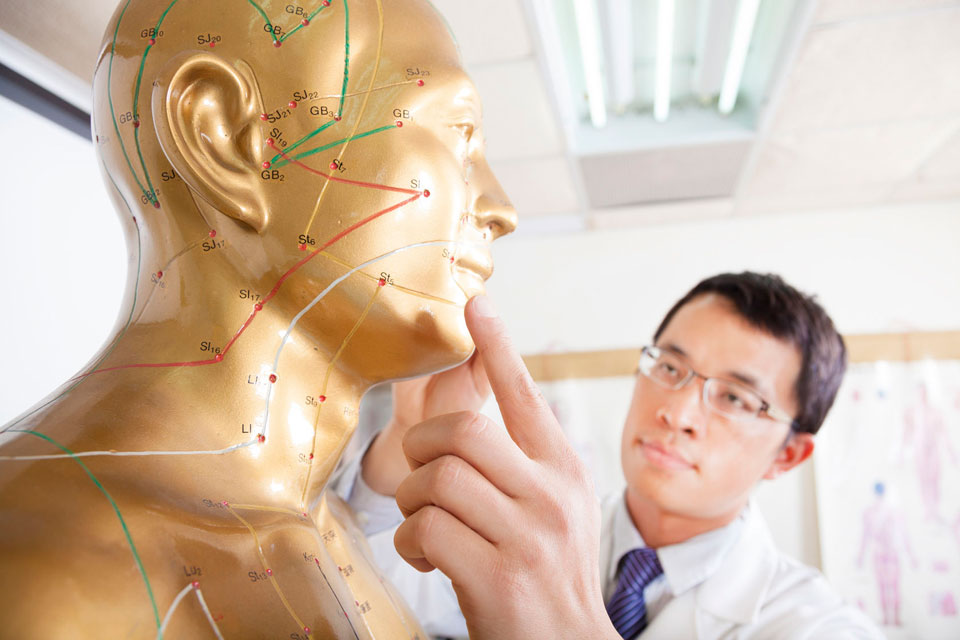There’s no refuting the proof: western medicine has extended the lives of people throughout the world, but instead of becoming an “equal opportunity” solution to health and well being, it declared itself “the only show in town” in western society, thereby relegating ancient practices and remedies to the past.
Fortunately, attitudes have changed of late as Asian-based therapies, practices and medicines have become popular alternatives for consumers who understand that not all illnesses, diseases and ailments require western medicine to cure and heal.
As a runner, you may already have compared theories about whether Asian or western methods best address sports injuries and concluded that they both do. This brief introduction to both types of healing practices can help you make informed decisions when you next seek treatment for a running injury.
About Western Medicine
Technology plays a role in differentiating western medicine from its eastern counterparts. Runners seeking injury relief via western medicine can expect electrically-charged, ultrasound therapy treatments to stimulate endorphins that ease pain and speed the healing process.
Physicians are quick to recommend and prescribe pharmaceuticals that relax muscles. Does that mean this is the sole way western practitioners treat sports injuries? Hardly. Therapeutic massage and manipulation are also used by clinicians who may recommend targeted exercise to speed the healing process.

About Chinese Medicine
On the other hand, Traditional Chinese Medicine (TCM) may employ acupuncture techniques to stimulate the pathways of qi and blood to relieve injury symptoms so the injured area of the body can heal.
The art of acupuncture has been used for thousands of years in the Far East. Treatment includes using thin needles and/or heat and pressure to restore the body’s balance so pain is reduced and muscle imbalances are restored.
TCM practitioners may also use moxibustion (a form of burned mugwort herb) at the injury site in addition to hands-on massage to speed relief. As a rule, Chinese medicine clinicians don’t prescribe muscle relaxants, relying upon herbs and natural medicines instead.

Can East Meet West?
While TCM practitioners take a more metaphysical path to healing by focusing on meridian points, there is one practice on which these two disciplines disagree: the use of ice.
TCM practitioners believe that cold interferes with healing, while ice is highly-recommended in the treatment of sports injuries in western medicine.
Compression is also widely used by western physicians to treat injury, but avoided by Chinese medicine practitioners who believe that compression congeals blood and promotes blood stagnation, both of which are to be avoided to promote fast healing.
That stated, both medical communities strive to relax and rehabilitate muscles and tissue to restore the range of motion so injured athletes can return to active lives free of pain and not susceptible to re-injuring traumatised areas.

What Do Both Have in Common?
Both TCM and western practitioners treating runners see the same types of injuries that impact the back, hip and leg areas.
Both recommend rest so afflicted areas aren’t further inflamed, irritated or harmed — and both schools of medical thought advise patients to elevate injured extremities above heart level so gravity can help drain excess fluids that tend to slow down recovery.
Western and TCM practitioners frequently require more than one treatment to return the injured area to muscle fiber mobility and both require the faith of the runner that the treatment method he or she has chosen is going to work.
Medical Practitioners Weigh In
Both Dr. Derric Wang and Dr. Zhang Muchuan practice sports medicine in Beijing. Dr. Wang has a medical degree from the U.S. so he is well-versed in western methods. They were asked to explain how they treat common sports injuries — specifically an ankle injury — to help sort out differences in approaches:
Dr. Wang initiates treatment by assessing the severity of the injury, immobilizing or taping it to reduce swelling. He may administer ultrasound treatments to manage the pain, order a course of physiotherapy and assign the patient exercises to be done at home. He’s likely to recommend ice to reduce swelling and he may prescribe muscle relaxing drugs. He will likely examine the patient’s knees and hips to see if the ankle injury has impacted the muscle chain.
Dr. Muchuan, on the other hand, begins his treatment using acupressure or acupuncture on the opposing ankle followed by acupuncture administered to the injured shin area (tibialis anterior muscle). He administers herbs intended to prevent blood stagnation and he may also give the runner healing herbs like black catechu, palm, myrrh, borneol and frankincense. Follow-up treatments may include more shin-area acupuncture, ankle manipulation, massage and moxibustion in the calf area plus herbal drinks to promote blood circulation.
In the Future, will Yin and Yang Become One?
Julien Vandelli, a Frenchman, was sceptical about Chinese medicines until his mother’s shoulder injury lead her to seek western treatment for her shoulder. She was subjected to vitamin injections and anti-inflammatory drugs, but to no avail.
While she was in Switzerland, someone recommended an acupuncturist to get to “the root cause” of her pain and even Julien was impressed when she healed fairly quickly — so impressed, he spent five years learning acupuncture at the Guangzhou University of Chinese Medicine.

Vandelli isn’t alone. According to China Daily, students from around the world are flocking to the study of acupuncture.
Currently, 2,382 students from 37 countries are learning the fine points of acupuncture and other Chinese medicines, systems and practices at Guangzhou’s school of Chinese medicine.
Inquiries into the school’s curricula continue to escalate, many of them from professionals who are already trained and credentialed in western medicine. If this trend continues, many say that in the future, clinicians and practitioners specialising in sports medicine may be required to be educated in both!
When you seek medical help for a running injury, are you more likely to turn to western medicine or traditional Chinese medicine to treat your injury? Why do you choose one over the other?




